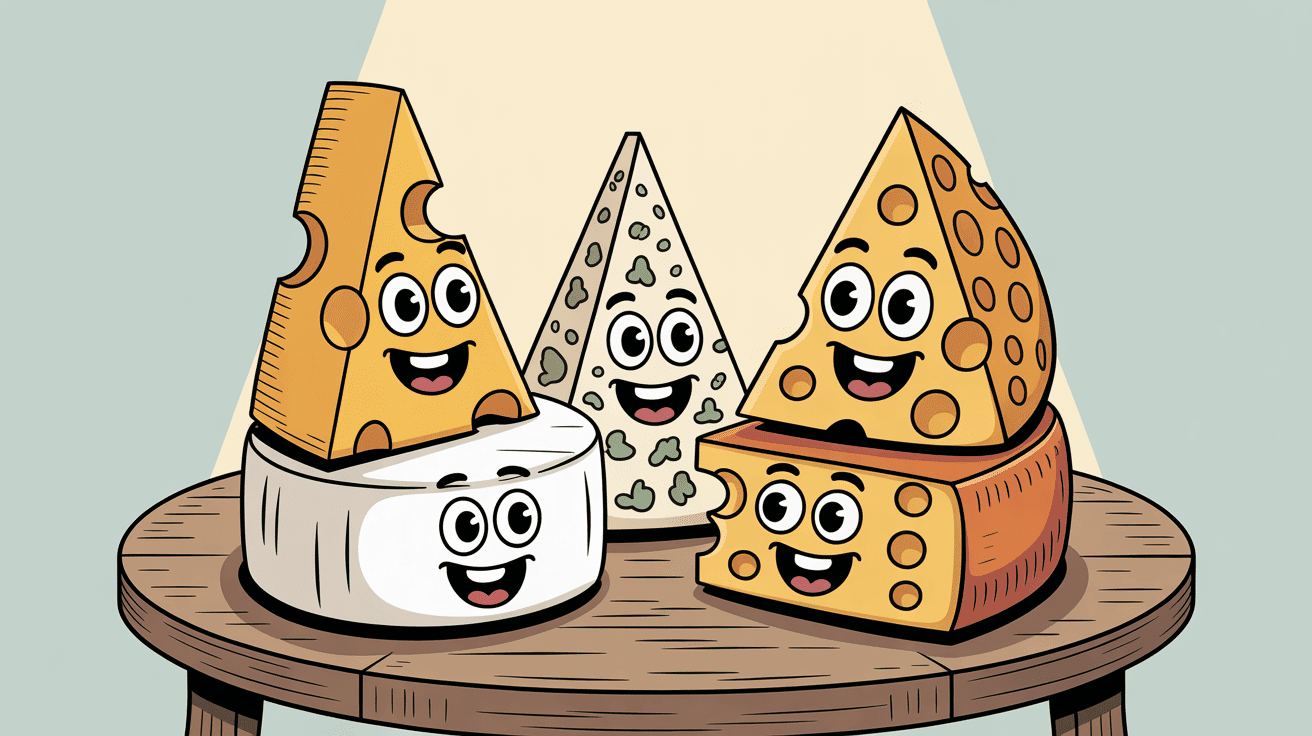Dutch Cheese Made Backward – The Clever Riddle You Never Expected
 Edam cheese — the backward twist that’s smarter than it looks.
Edam cheese — the backward twist that’s smarter than it looks.Sometimes, all it takes is one sentence to spark curiosity. That’s exactly what happens when someone asks,
“What’s Dutch cheese made backward?”
At first, it sounds like a question from a cooking show or maybe a joke with a punchline. But this little riddle has more than just humor — it has wit, language, and a touch of cheese. Let’s dig into what makes this phrase so popular and surprisingly smart.
So… What Is “Dutch Cheese Made Backward”?
The phrase sounds confusing until you flip it — literally. The answer is:
Edam
Yes, Edam is a famous Dutch cheese. And when you spell E-D-A-M backward, you get M-A-D-E — the English word “made.”
So when someone says “Dutch cheese made backward,” they’re simply asking:
What Dutch cheese spells “made” when written in reverse?
✅ Answer: Edam
Why Is It So Popular?
This phrase has become popular because it’s:
✅ Short and clever
✅ A great riddle or brain teaser
✅ A perfect example of how language and culture mix
✅ Easy to remember and fun to share
People love things that make them feel smart or amused — and this does both in one line. Whether you’re a fan of cheese, puzzles, or language, this little phrase sticks with you.
Let’s Talk About Edam
Now that we’ve decoded the riddle, let’s learn about the cheese behind it: Edam.
What Is Edam Cheese?
Edam is a traditional semi-hard cheese from the town of Edam in the Netherlands. It’s been made and loved for hundreds of years and is recognized by its distinctive red wax coating.
Characteristics:
🧀 Mild, slightly salty taste
🧀 Smooth, firm texture
🧀 Spherical shape
🧀 Easy to slice and serve
🧀 Popular for snacks, sandwiches, and cheese boards
Edam travels well and ages gracefully — just like a good joke!
A Riddle with Flavor
This phrase isn’t just about cheese — it’s about language.
“Dutch cheese made backward” makes us pause, think, and smile. It’s the kind of phrase that teachers use in class, quizmasters add in games, and social media users share for likes.
And the best part?
It’s not random. It’s based on a real cheese with a name that fits perfectly when reversed.
The Fun of Wordplay
The beauty of “Dutch cheese made backward” lies in its simplicity. It’s only four letters, but it makes a strong impression. Wordplays like this help us appreciate language in a new way — where even cheese names become clever games.
Other fun examples include:
Stressed spelled backward? Desserts
Evil spelled backward? Live
Drawer spelled backward? Reward
It’s a playful reminder that sometimes flipping things gives a fresh perspective.
Conclusion
At first, “Dutch cheese made backward” may sound like a kitchen trick or a food experiment gone wrong. But the moment you realize it’s just Edam, the charm of the phrase hits you.
It’s short, smart, and makes you think — all while giving a nod to a classic Dutch cheese. Whether you’re sharing a joke, solving a riddle, or just having fun with words, this phrase delivers a smile every time.
So next time someone asks you a tricky question about cheese, you’ll know the answer — and the story behind it.











